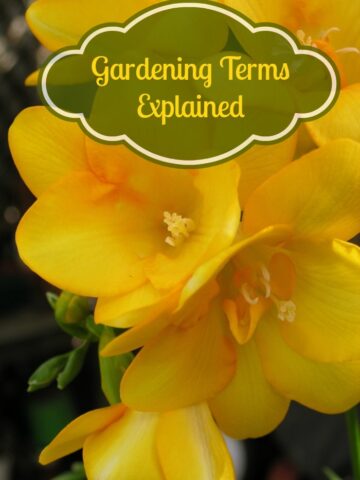
As summer winds down, it is time to start thinking of what to plant in our fall gardens. Vegetable gardening for fall can be a lot of fun and there are so many different choices of veggies to plant. Those that live in the Southwest want to start planting in October, whereas the majority of the US can start planting their fall gardens in September.
The first thing you will want to do is clean out your summer garden. Compost all the summer plants and pull out any stray grass that might be present. This is a good time to till the vegetable beds with a mix of freshly aged compost, blood and bone meal, and earthworm castings. Remove dead plants from containers and replace missing soil with new potting soil and these same fertilizer amendments. If a container had a diseased plant, make sure to remove all the soil and wash the pot out really well with a little water-vinegar solution.
The vegetables that grow the best in a fall garden are cool season crops. This means all the members of the lettuce family like head lettuce, loose-leaf lettuce, spinach, kale, and romaine. Bulb-type plants do very well in fall gardens such as carrots, radishes, onions, beets, potatoes, and turnips. Cauliflower, Brussels sprouts, broccoli, cabbage, and peas are usually the stars of the fall garden. In warmer regions don’t forget to plant tomatoes and even green beans.
Most of these plants do best when the seeds are sowed directly into the garden. All of the vegetables that grow beneath the ground like carrots and beets do not do well with being transplanted and must be directly sown in the soil. Whereas plants like cauliflower and tomatoes do great if you start with a 6-pack of veggies from the nursery.
When sowing smaller veggies like carrots and radishes, you can sow the seeds every 1-2 inches. If you scatter the seeds then you will just need to thin them later so that each vegetable has room to grow. With larger vegetables like broccoli and cabbage, plant them at least 12 inches apart in all directions. Know which plants like Brussels sprouts and peas that grow upward and build a support for them to grow up. Tomatoes tend to need to be caged or secured around a pole to keep them upright and the fruit off of the ground.
A key to a successful vegetable garden in the fall is to not plant all the seeds at once. This is called succession planting and you want to sow seeds weekly so that you have new crops coming up all the time. This works really well with spinach, lettuce, and carrots.
The nice thing with fall vegetable gardens is that they don’t have to watered nearly as much as summer gardens. Plan on watering 1-2 times a week and more so if you are still experiencing temperatures above 80 degrees. Container vegetables gardens still need to be watered every couple days until the temperatures drop down.
Enjoy vegetable gardening for fall as it is one of the best times to grow some of the most amazing veggies!





